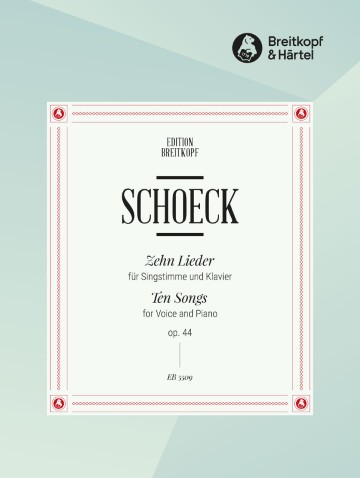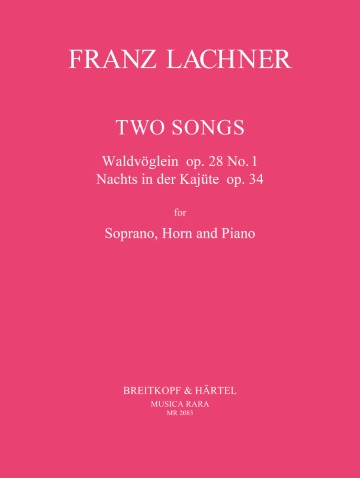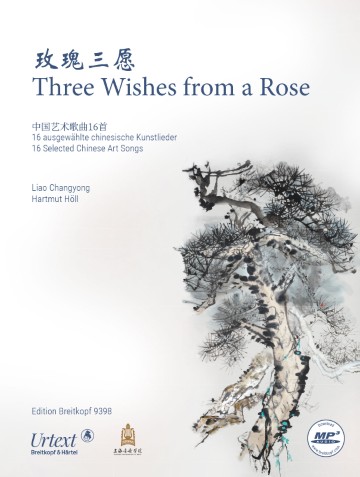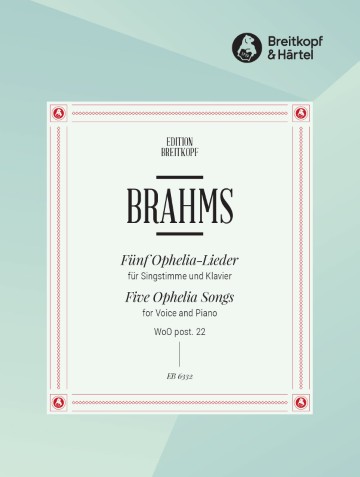15 Selected Songs
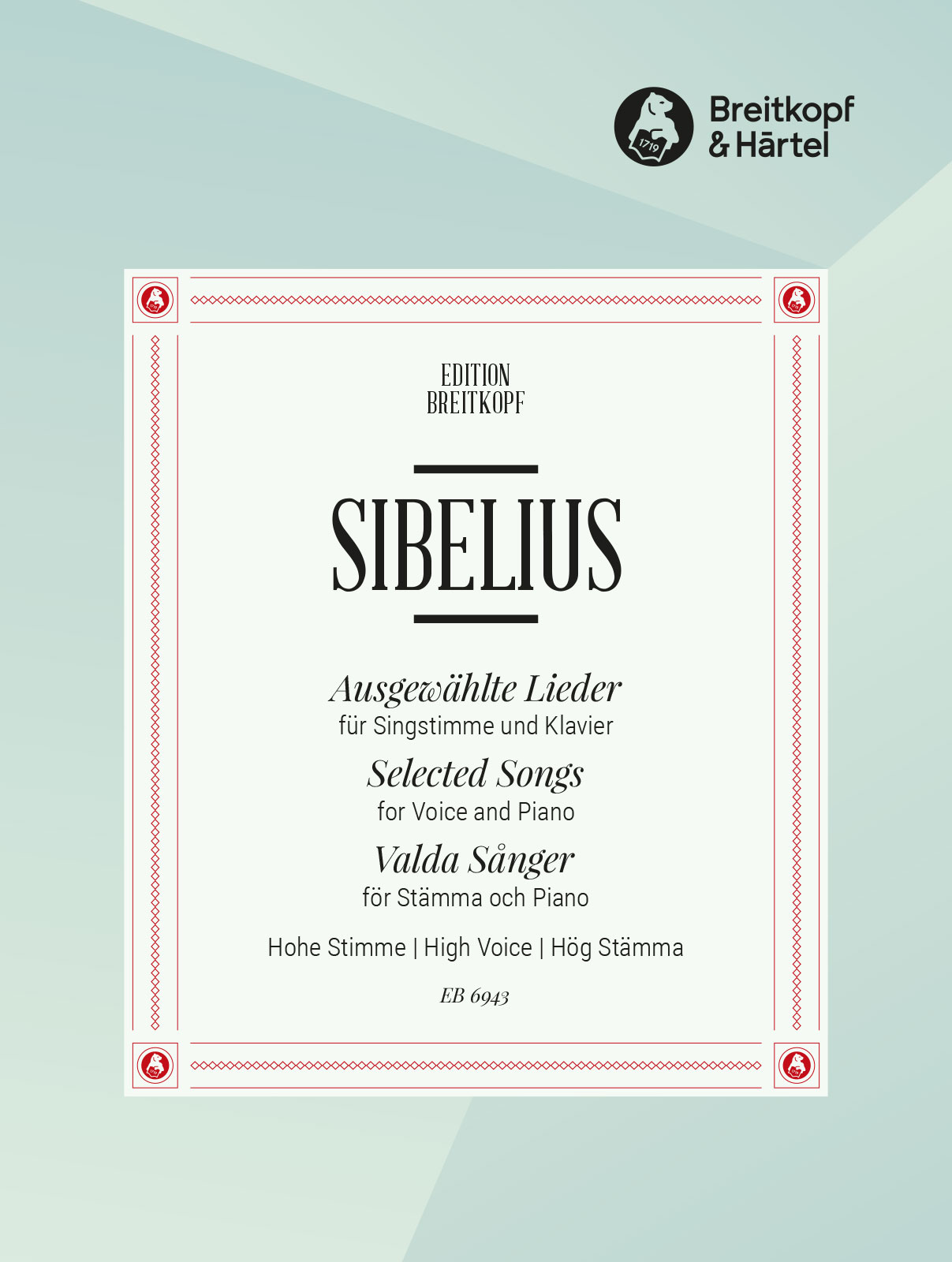
| Product Code: | 979-0-004-81195-5 |
| ISMN: | 979-0-004-81195-5 |
| Publishers Number: | EB 6943D |
| Language: | German / English / Swedish |
| Page count: | 54 |
| Condition: | New |
Op. 13/4 Våren flyktar hastigt – Spring Is Flying (Johan L. Runeberg)
Op. 13/5 Drömmen – The Dream (Johan L. Runeberg)
Op. 13/7 Jägargossen – The Young Sportsman (Johan L. Runeberg)
Op. 17/1 Se’n har jag ej fragat mera – Then I Ceased to Ask Those Questions (Johan L. Runeberg)
Op. 17/4 Vilse – Astray (Karl A. Tavaststjerna)
Op. 17/6 Illalle – To Evening (August. V. Koskimies)
Op. 17/7 Lastu lainehilla – Wood on the Water (Ilmari Calamnius)
Op. 36/1 Svarta rosor – Black Roses (Ernst Josephson)
Op. 36/4 Säv, säv, susa – Schilfrohr saeusle (Gustaf Fröding)
Op. 36/6 Demanten på marssnön – The Diamond on the March Snow (Josef J. Wecksell)
Op. 37/1 Den första kyssen – The First Kiss (Johan L. Runeberg)
Op. 37/5 Flickan kom ifrån sin älsklings möte – The Tryst (Johan L. Runeberg)
Op. 60/1 Kom nu hit, död! – Come Away, Death! (William Shakespeare)
Op. 60/2 Hållilå, uti storm och i regn – Hey ho, the Wind and the Rain (William Shakespeare)
Sibelius’s core oeuvre includes a set of seven symphonies, which, like his other major works, are regularly performed and recorded in Finland and around the world. His best-known compositions include Finlandia, the Karelia Suite, Valse triste, the Violin Concerto, the choral symphony Kullervo, and The Swan of Tuonela (from the Lemminkäinen Suite). His other works feature pieces inspired by nature, Nordic mythology, and the Finnish national epic, the Kalevala; over a hundred songs for voice and piano; incidental music for numerous plays; the one-act opera The Maiden in the Tower; chamber music, piano music, Masonic ritual music, and 21 publications of choral music.
Sibelius composed prolifically until the mid-1920s, but after completing his Seventh Symphony (1924), the incidental music for The Tempest (1926), and the tone poem Tapiola (1926), he stopped producing major works in his last 30 years—a period commonly referred to as the “silence of Järvenpää”.
Although he is reputed to have stopped composing, he attempted to continue writing, including abortive efforts on an eighth symphony. In later life, he wrote Masonic music and re-edited some earlier works, while retaining an active but not always favorable interest in new developments in music.
The Finnish 100 mark note featured his image until 2002, when the euro was adopted. Since 2011, Finland has celebrated a flag flying day on December 8, the composer’s birthday, also known as the Day of Finnish Music. In 2015, in celebration of the 150th anniversary of Sibelius’s birth, a number of special concerts and events were held, especially in Helsinki, the Finnish capital.
The collection Jean Sibelius 15 Selected Songs can be understood as an introduction to the Finnish composer's extensive and highly varied lieder output. Selected from various collections,…
R.R.P 33
Our Price: 28
Digital Download – PDF
Please create and forward a copy of this publication to the customer
You might also like
-
10 Lieder Op. 44
£26.00 -
2 Songs
£17.00 -
3 Wishes from a Rose
£29.00 -
5 Ophelia Songs
£7.00

